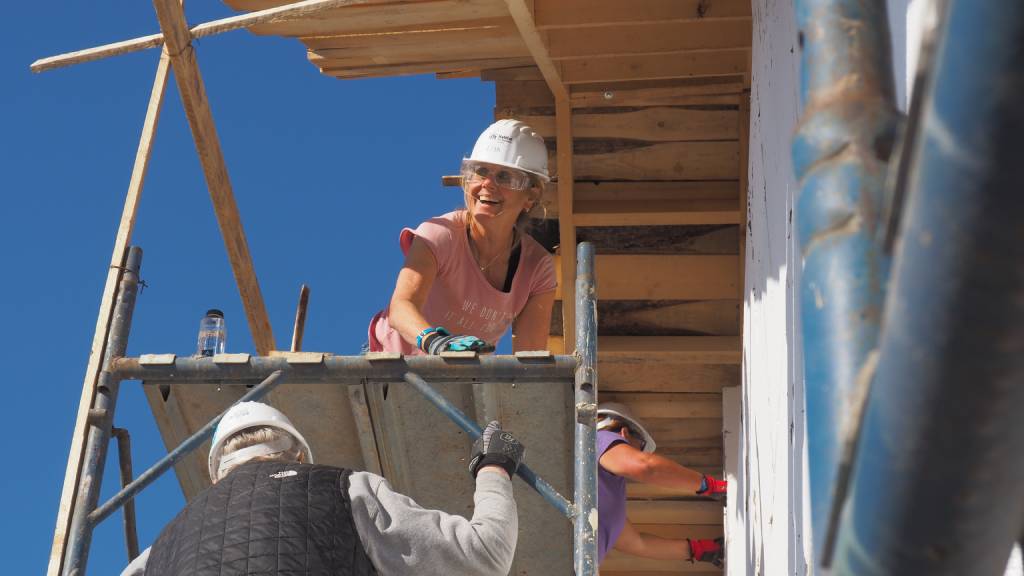Workplace injuries are a regular part of life for Australian business, with both workers and employers feeling the pain.
According to Safe Work Australia statistics, work-related injuries and diseases cost the economy more than $61 billion per year – with costs shared among employees, the community and employers.
More than 107,000 serious workers compensation claims were made in 2017-18, with median time lost for a serious claim increasing by 26%.
So, workplace health presents a serious challenge for employers. Yet there’s plenty you can do to minimise the risk and impact of injuries.
Most common types of workplace injury
Safe Work Australia figures for 2017-18 reveal the five most frequent types of injury and disease as:
- Traumatic joint and muscle injuries: 40.9%
- Wound, amputations and internal organ damage: 15.7%
- Musculoskeletal issues:14.3%
- Fractures: 11%
- Mental health conditions: 7.5%
How the injuries happen
Safe Work Australia drilled down into the figures, revealing the top five ‘delivery mechanisms’ as.
- Body stressing: 36%
- Falls, trips and slips: 23%
- Being hit by moving objects: 16%
- Vehicle and other incidents: 8%
- Mental stress: 7%
Costs to employers and industry
No employer wants to see a worker face the pain and financial uncertainty of a workplace injury.
Yet the costs of these injuries have a ripple effect throughout your organisation, your industry and the Australian economy.
With total estimated cost of Australian workplace injury stacking up at an annual $61.8 billion, 77% of this cost will be borne by the worker.
The community will take up 18% of the cost, however, with the employer bearing around 5% of the rest.
The break-down of this cost is unsettling.
- Partial incapacity: $46.2 billion
- Long absence: $65. billion
- Fatality: $4.1 billion
- Full incapacity: $3.7 billion
- Short absence: $1.2 billion
Take a proactive approach to worker safety
It’s not all bad news, though. Many injury prevention methods are available to help shore up workplace safety.
- ‘Safety first’ and first aid training courses for all staff.
- Pre-employment screening to ensure all candidates meet their job brief.
- Fit for work assessments to determine an individual’s physical capacity.
- Ergonomic assessments to meet all relevant WHS requirements.
- A range of health and wellbeing seminars and in-house programs.
- Workplace safety audits to assess your overall workplace health risks.
- Rehabilitation and return-to-work programs for injured workers.
A comprehensive workplace and health audit is a great way to safety-proof your organisation and minimise risk to employees.
As well as assessing the work site itself, an audit can probe managers’ attitudes to workplace safety, readiness to deal with accidents and treatment of injured workers.
Safeguard the mental wellbeing of your staff as well
Safe Work Australia defines work-related stress as a physical, mental and emotional reaction to the demands of the workplace. In short, these demands can overwhelm a worker’s ability to cope.
The government agency recommends a four-step approach to help protect workers’ psychological health.
- Identify – Identify psychological hazards and risks by observing your workers and talking to them about concerns, also taking note of worker interactions and staff feedback.
- Assess – Use a formal assessment process to identify hazards and risks to staff in your workplace.
- Control – Eliminate obvious hazards. Then use appropriate planning and prevention measures to minimise risk across the workplace.
- Review – Monitor progress and measure the results. Put regular reviews in place so you stay on top of managing workplace risk.
Need assistance? A specialist in workplace rehabilitation management can offer tailored solutions to help keep your workers safe.



